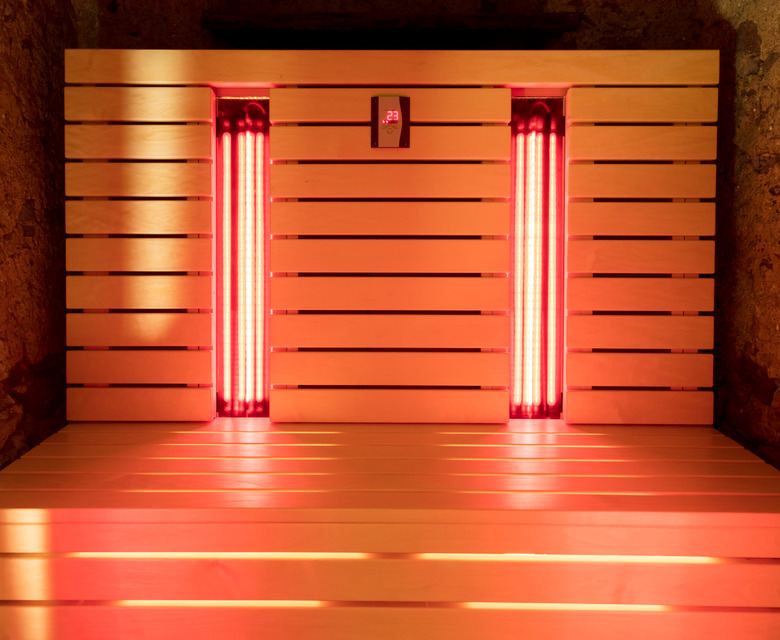Infrared Light Effect On Eyes
Infrared light, also known as infrared radiation, is one type of light outside the visible range. You cannot see this light but you can feel its heat, though it's unlikely you'd be burned. The electromagnetic spectrum contains all wavelengths of light, from the short wavelengths, high-energy gamma rays to the very long wavelengths, low-energy radio waves. Only a small part of the spectrum is visible to the human eye.
TL;DR (Too Long; Didn't Read)
Infrared light may cause damage to eyes in very intense concentrations, but it is highly unlikely that this would occur in everyday life. If you are working in close proximity to infrared lasers, wear the appropriate safety glasses or take appropriate protection measures.
Infrared Light Uses
Infrared Light Uses
You probably use infrared light in your home several times a day without even knowing it. TV remote controls uses infrared light to change channels, the toaster uses infrared radiation to transmit heat and lamps may contain incandescent bulbs, which emit about 95 percent of their electrical energy as infrared light. Infrared lamps heat bathrooms, keep foods warm, keep small animals and reptiles warm and often emit both visible and infrared light. Infrared light is also used in saunas, thermal imaging cameras, fiber-optic cables, closed circuit TV systems, infrared astronomy and meteorology.
Infrared Light Effect on Eyes
Infrared Light Effect on Eyes
All infrared, visible or ultraviolet electromagnetic radiation can cause injury to the eye in sufficient concentrations, but this is very rare. The infrared light needs to be extremely intense to cause harm. It is important to take precautions, because infrared light is invisible, meaning your eyes won't take the protective measures like blinking or closing when a high-intensity beam of infrared radiation shines into them. In extreme cases, if the eyes absorb too much infrared light, they can be irreversibly damaged. Infrared lamps and incandescent bulbs are not powerful enough to cause such harm. But it's best if you don't stare directly at them for too long. Staring at any light source, including the sun, for too long can cause damage to the eyes, particularly in young people.
Protection from Infrared Light
Protection from Infrared Light
If you work with infrared lasers, wear proper eye protection. Lasers and instrument systems that contain lasers, must adhere to specific safety requirements, which varies depending upon the hazard classification. Certain lasers are required to have beam shutters or key-controlled interlocks to prevent injuries. All rooms containing potentially hazardous lasers should display warning signs at each entry point. But additional precautions are not required when you are operating devices that contain an infrared laser beam in such a way that it cannot reach the user's eye, like TV remote controls and laser printers. Manufacturers of light bulbs that emit infrared light also have strict industry safety standards to meet to keep users protected.
Cite This Article
MLA
Gillespie, Claire. "Infrared Light Effect On Eyes" sciencing.com, https://www.sciencing.com/infrared-light-effect-eyes-6142267/. 27 April 2018.
APA
Gillespie, Claire. (2018, April 27). Infrared Light Effect On Eyes. sciencing.com. Retrieved from https://www.sciencing.com/infrared-light-effect-eyes-6142267/
Chicago
Gillespie, Claire. Infrared Light Effect On Eyes last modified March 24, 2022. https://www.sciencing.com/infrared-light-effect-eyes-6142267/
